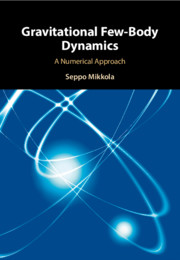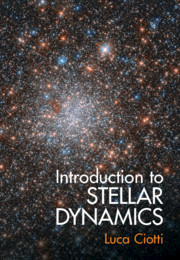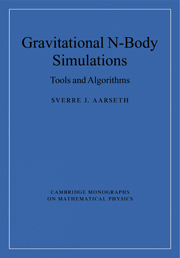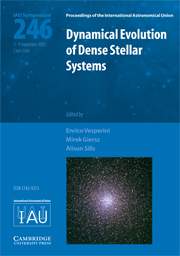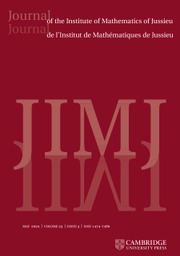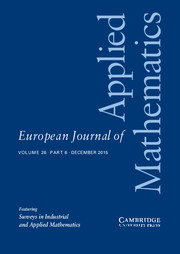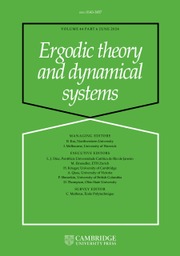Gravitational Few-Body Dynamics
Using numerical integration, it is possible to predict the individual motions of a group of a few celestial objects interacting with each other gravitationally. In this introduction to the few-body problem, a key figure in developing more efficient methods over the past few decades summarizes and explains them, covering both basic analytical formulations and numerical methods. The mathematics required for celestial mechanics and stellar dynamics is explained, starting with two-body motion and progressing through classical methods for planetary system dynamics. This first part of the book can be used as a short course on celestial mechanics. The second part develops the contemporary methods for which the author is renowned - symplectic integration and various methods of regularization. This volume explains the methodology of the subject for graduate students and researchers in celestial mechanics and astronomical dynamics with an interest in few-body dynamics and the regularization of the equations of motion.
- A concise yet comprehensive introduction to numerical integration and symplectic integration methods
- Explains advanced techniques not covered in other books
- Early chapters serve as useful lecture notes in celestial mechanics
Product details
No date availableAdobe eBook Reader
9781108857963
0 pages
34 b/w illus.
Table of Contents
- Preface
- Introduction
- 1. The problems
- 2. Two-body motion
- 3. Analytical tools
- 4. Variation of parameters
- 5. Numerical integration
- 6. Symplectic integration
- 7. KS-regularization
- 8. Algorithmic regularization
- 9. Motion in the field of a black hole
- 10. Artificial satellite orbits
- References
- Index.

